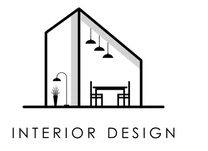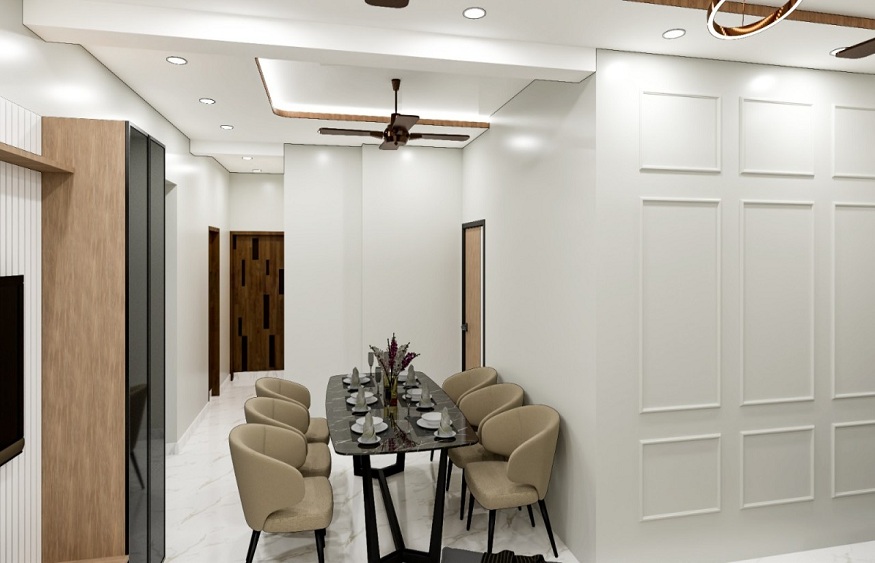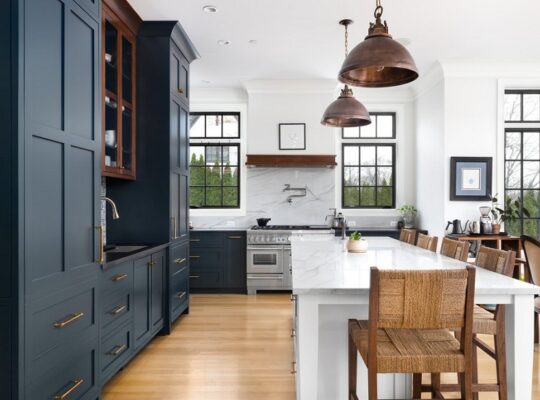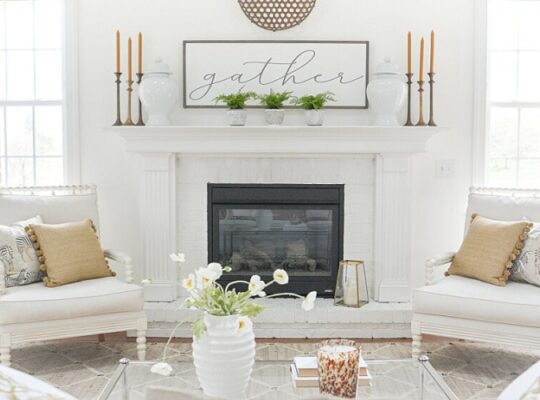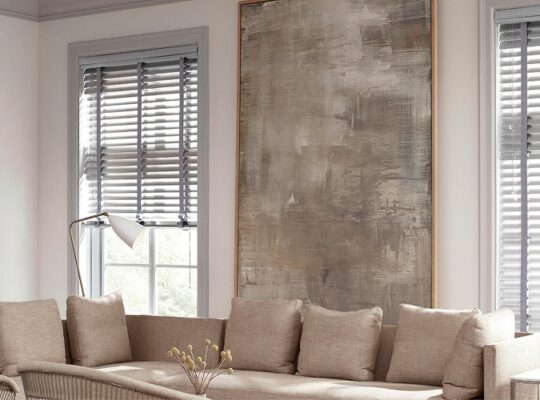Lighting is one of interior design’s most potent tools. Proper lighting transforms spaces completely, no matter their size or style. This consensus rings loudly among interior design experts yet often gets overlooked by novices. Yes, furnishings and decorative elements contribute greatly to interior aesthetics but without adequate, intentional lighting even the most beautifully curated space feels flat. As essential as layouts, colors, and materials, lighting remains a catalyst for uplifting interiors fully.
Understanding light sources
Before illuminating rooms effectively first comprehend lighting options, their applications, and interactions.
- Natural – Sunlight through windows/skylights
- Ambient – Ceiling fixtures as overall room lighting
- Task – Focused lights for working areas
- Accent – Directional lighting on architectural details
- Decorative – Sculptural fixtures making statements
Additionally, factors like color temperature from cool to warm hues, lumen brightness, dimmable capabilities, and smart technology integrate lighting adaptively. By thoughtfully layering various sources, interiors transform from plain boxes into enriched, multi-dimensional spaces.
Defining desired outcomes
Rather than starting with specific lighting products instead define priorities guiding lighting layouts.
- Primary room functions – Entertaining spaces need different lighting from bedrooms
- Activities and tasks occurring – Kitchen prep zones differ from dining spaces
- Architectural aesthetics to accentuate – Highlight beamed ceilings or wall textures visually
- Mood wanting to establish – Stimulating, calm, sleek, cozy, and so forth
Analyze room purposes, typical occupancy patterns, prized design elements, and lighting motivations room-by-room as these set lighting direction. Pictures of favorite spaces showcasing ambient glows, fixtures and accented materials help conceptualize goals.
Maximizing what’s built-in
Before selecting any new lighting first assess what exists within the space. Since electrical plans accommodate lighting provisions explore inherent opportunities. Find possibilities to layer built-in or wiring-in lighting instead of relying solely on portable fixtures.
- Electrical plans – Note outlet placements suitable for sconces
- Windows – Add exterior up-lighting showing architectural shapes
- Floor plans – Can lighting get built into shelving, stairs, and cabinets?
- Ceilings – Any wiring channels facilitating new lighting tracks/holes?
Having lighting integrated directly into construction maximizes continuity in illumination versus sporadically placed portable lamp-limiting schemes. Detail built-in capabilities early in designs so provisions get incorporated before erecting walls!
Selecting complementary fixtures
Choose fixture styles and finishes that enhance room aesthetics such as stainless steel sheets. Streamlined contemporary spaces flourish with matte black linear sconces while crystal chandeliers magnify traditional dining splendor. Transitional rooms embrace eclectic personality mixing modern lamps with vintage wall fixtures. Whatever your style, curate lighting fixtures blending fluidly for continuity. Budget permitting, work with lighting showrooms and interior designer Santa Monica on procurement. Experts aptly illuminate rooms by artfully integrating lighting layers specific to your architecture, activities, and ambiance goals. Proper planning perfects lighting potency.
Clearly essential yet oft overlooked by many homeowners, intentionally designed lighting layouts literally and figuratively brighten interior potential dramatically. Treat lighting zoning and fixture selections as thoughtfully as choosing paint colors and fabric patterns. Be strategic with built-in placement opportunities and multi-dimensional compositions. Making light a priority brilliantly elevates your space by day or night. Illuminate interiors alluringly!
